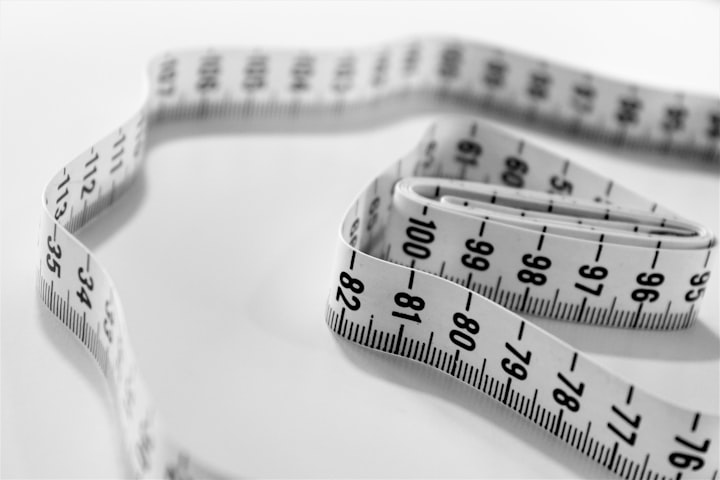
https://www.sunanos.com/post/shrinking-your-waistline-the-power-of-a-caloric-deficit
As mentioned in one of my articles: Breaking Down the Myths of Fat Loss: The Science-Based Truth You Need to Know. Caloric deficit is one of the best ways to start dropping pounds, the best part? You don’t have to do exercise at all to lose the pounds, although it may help, it’s not a necessity. Whether you exercise or not, you can still be dropping pounds every month, if done properly.
Step 1: Find your maintenance calories
Maintenance calories refer to the amount of energy (or calories) required by an individual to maintain their current body weight, given their current level of physical activity and other factors like age, gender, height, and weight.
In other words, if an individual consumes the same amount of calories as their maintenance level, they will neither gain nor lose weight. This is sometimes referred to as the “caloric balance point.”
You can calculate your maintenance calories using online tools, you can find one on google or use this website: calculator.net
Here you will enter Age, Gender, Height, and Weight, as well as activity level which describes your activity, keep in mind the more you exercise the higher your maintenance calories will be, so if you plan on becoming very active, enter that in as your activity level.

After clicking Calculate, your maintenance calories will be shown as the number next to “Maintain Weight”. Keep this number in mind.
Step 2: Determining Caloric deficit goal
A pound of fat is approximately 3500 calories. So when you eat 3500 calories below your maintenance calories, you would loose one pound of fat. But obviously nobody can do that in a day, and neither attempting it would be healthy. It’s important not to go more than a 1000 caloric deficit, as beyond that can negatively impact health, and if you’re looking to keep muscle mass, it can lead to you loosing a lot of it.
So when you want to lose one pound of fat per week, that means you must loose 3500 calories per week, divide that up to 7 days, that’s 500 calories per day, so essentially a 500 calorie deficit. So what you would do is subtract 500 calories from your maintenance calories, this new number is how many calories you can eat per day. You can not go over this number, and sticking to this 500 calorie deficit will help you loose a pound of fat per week. This can also be applied to loosing 2 pounds per week with a 1000 calorie deficit.
The results in the calculator also provide this number:

Step 3: Tracking your food intake
Use a food diary, app or online tool to track your daily calorie intake. This will help you stay within your calorie deficit goal and make sure you’re not overeating. This is the easiest way to go about your caloric deficit. It makes it super easy to use and track your calories, and if you go above your daily intake limit, it’s not the end of the world. For example if you go 200 calories above what you were supposed to eat, you can always do an extra 20 minutes of cardio and burn those 200 calories off. It’s important to stay consistent.
I recommend starting off with 250–500 caloric deficit per day, and once you can manage to stay consistent, it’s a better idea to move onto a 750–1000 caloric deficit, if that’s what you’re going for.
In conclusion, a calorie deficit can be an effective way to lose weight and improve your overall health. By consuming fewer calories than your body needs and increasing your physical activity, you can create a calorie deficit and start to see results over time. However, it’s important to approach calorie deficit with caution and to ensure that you are still consuming enough nutrients to support your body’s needs. Always talk to a healthcare professional before starting any new diet or exercise program, and focus on making healthy lifestyle changes that are sustainable for the long term. With patience and consistency, a calorie deficit can be a safe and effective tool for achieving your weight loss goals and improving your health.
About the Creator
Sunanos
Unleashing the Power of Lifting and Nutrition for a Healthier You
www.Sunanos.com






Comments
Sunanos is not accepting comments at the moment
Want to show your support? Send them a one-off tip.